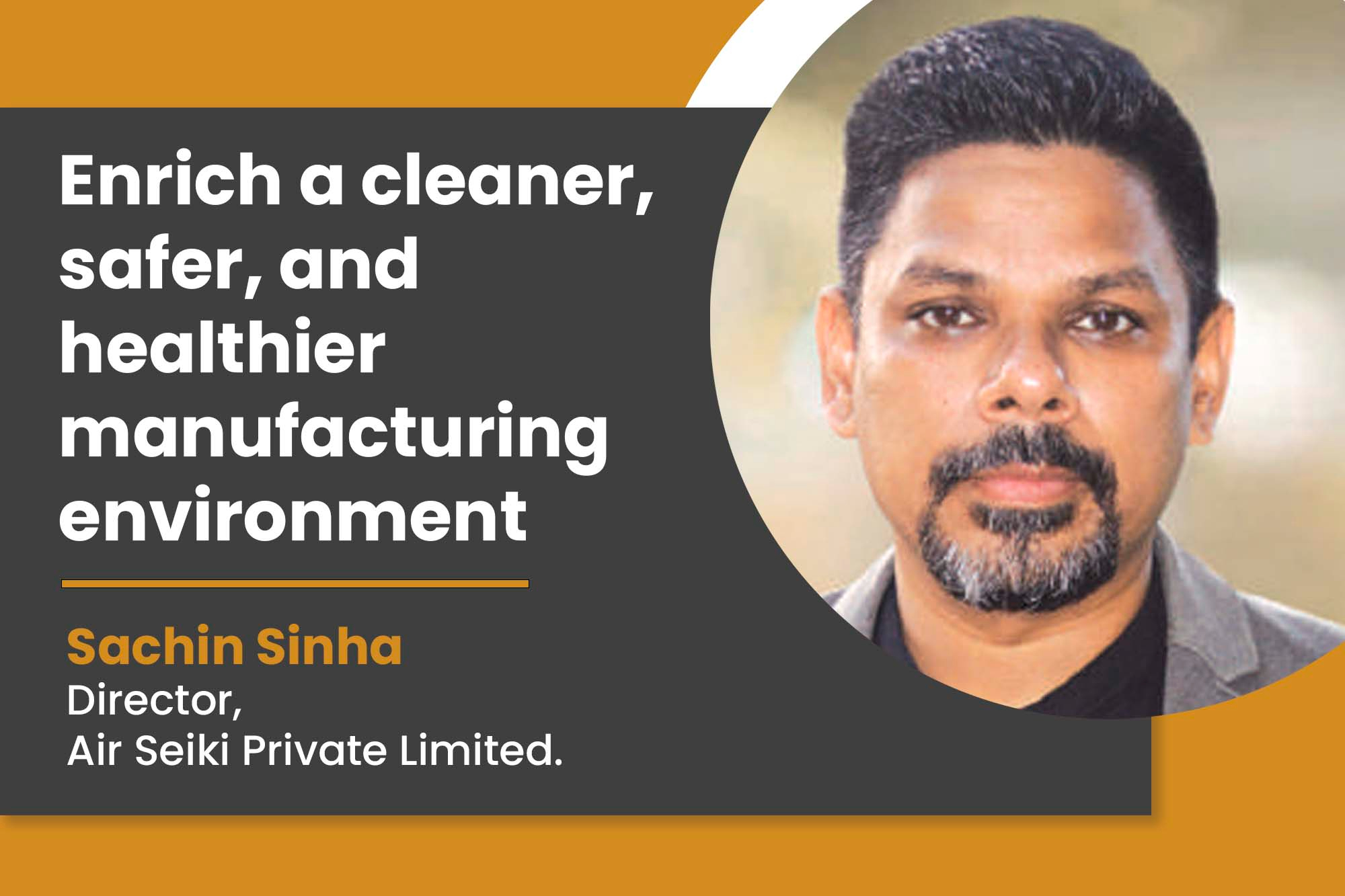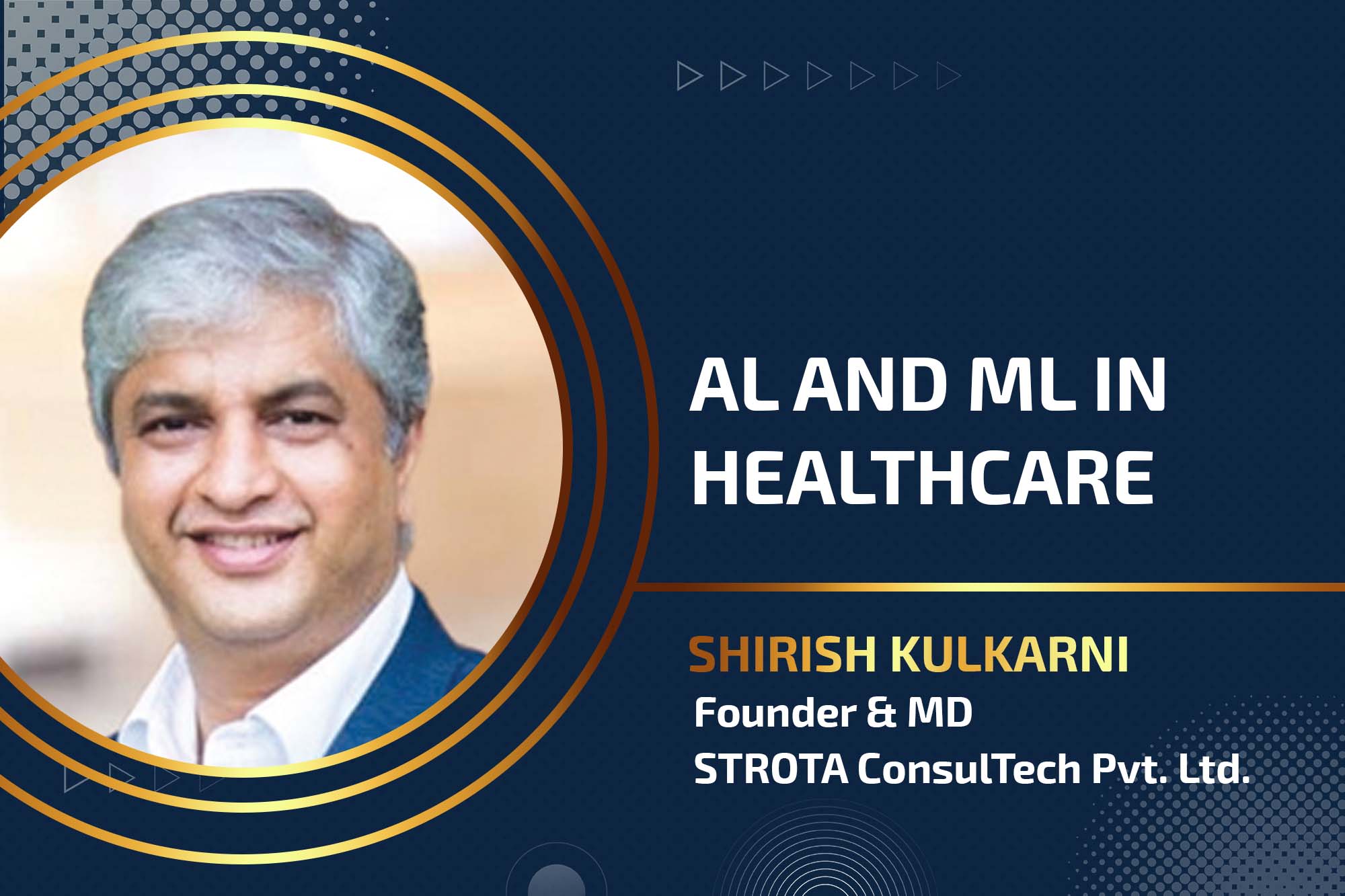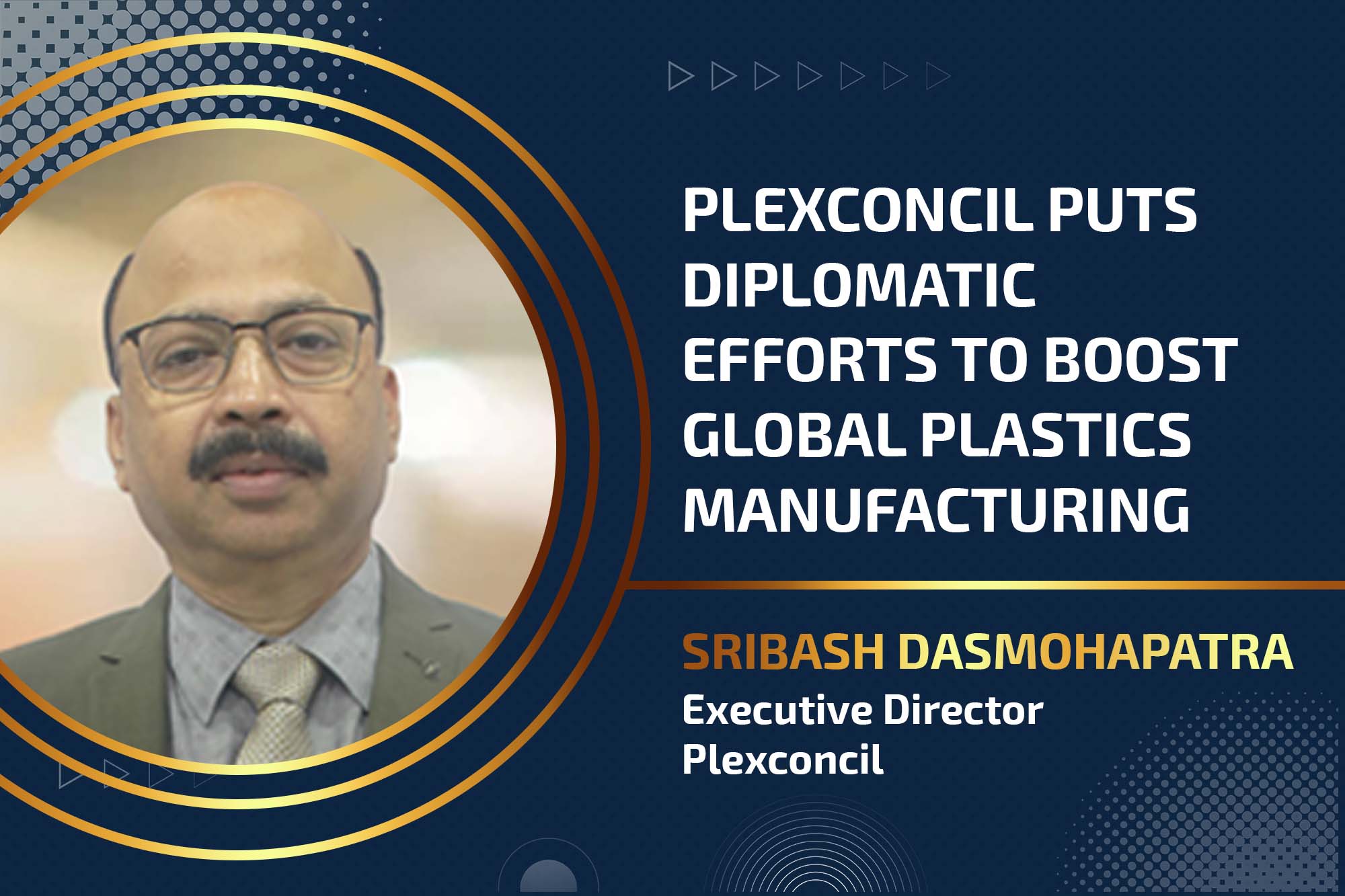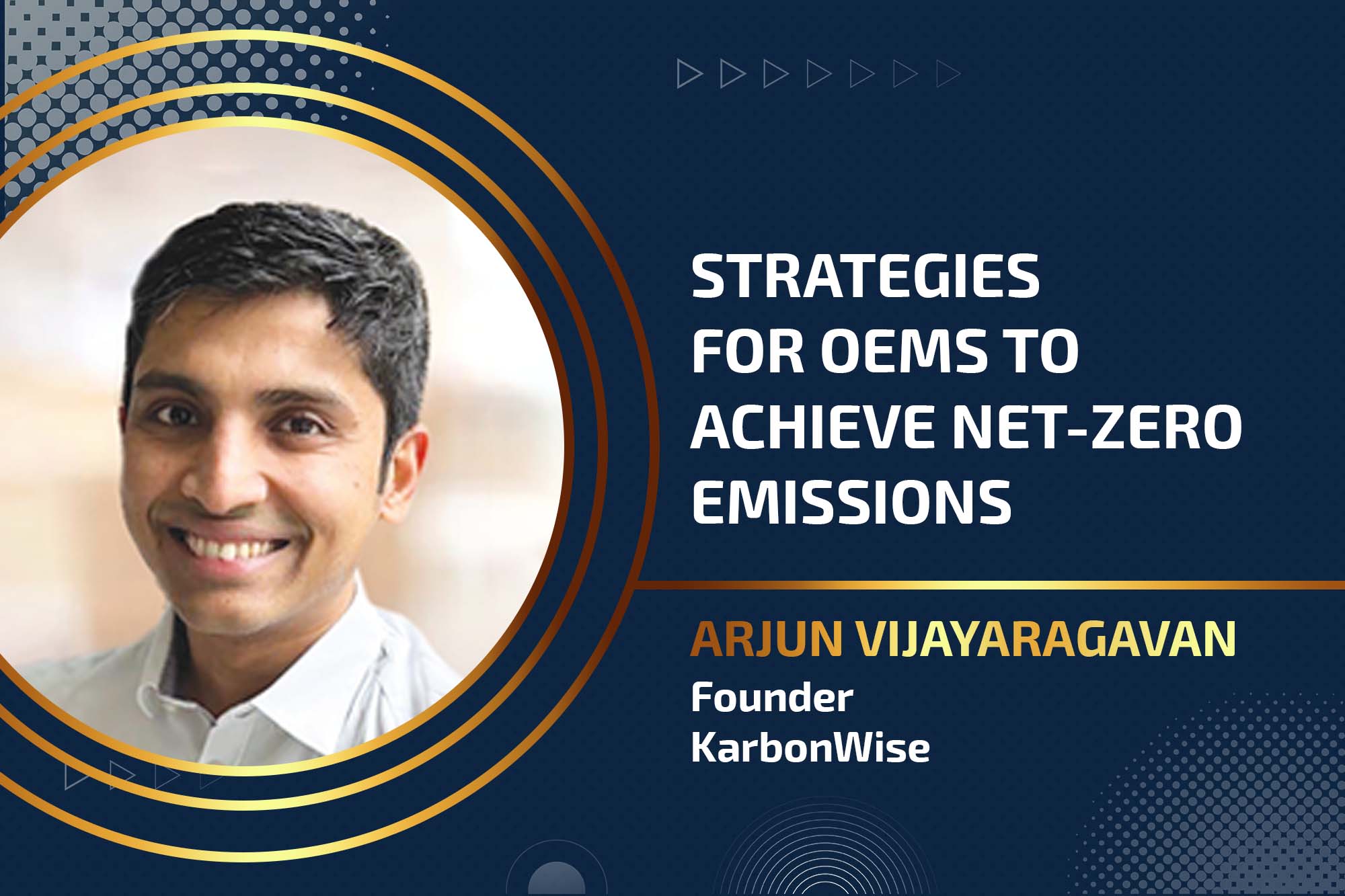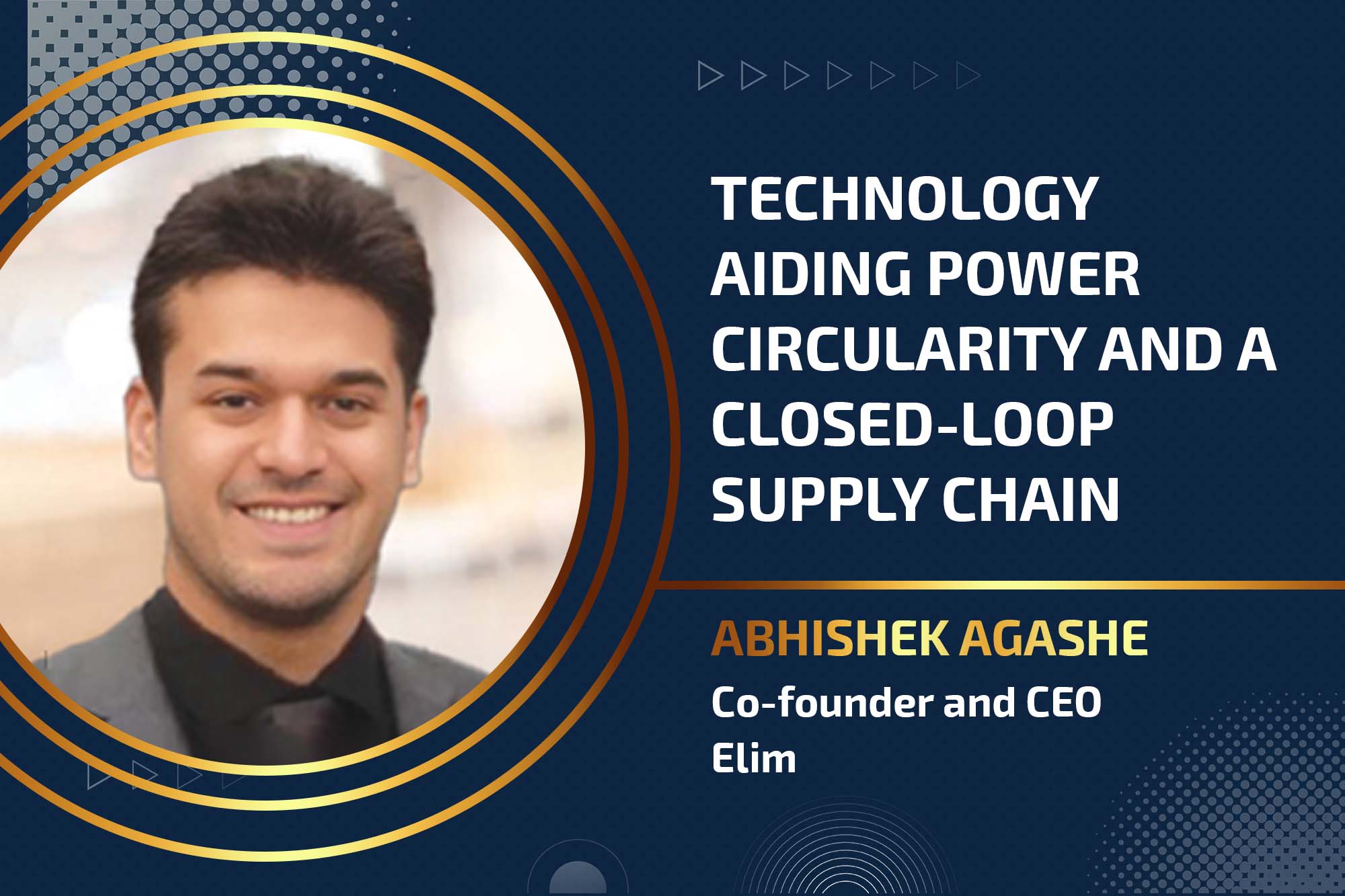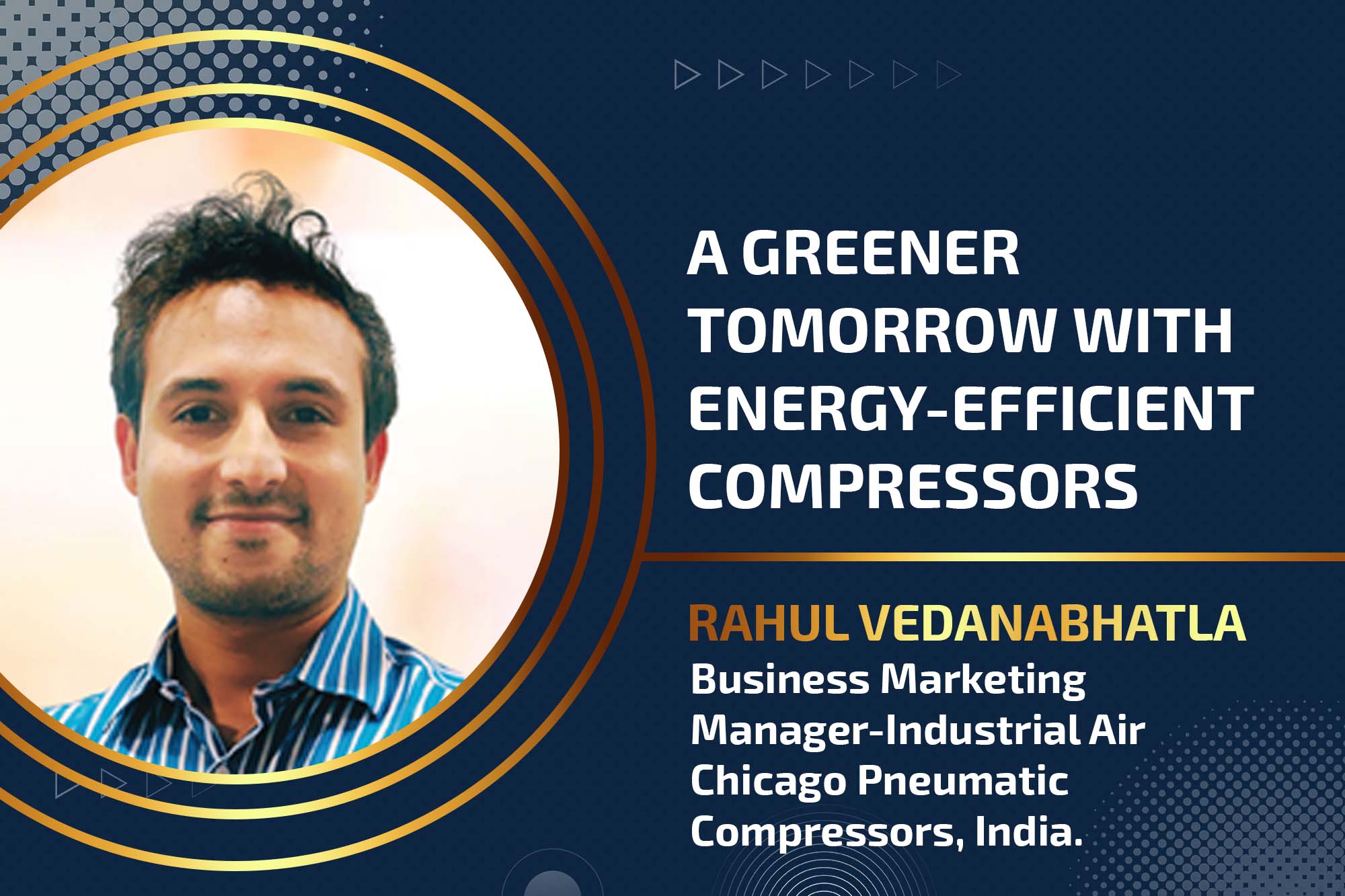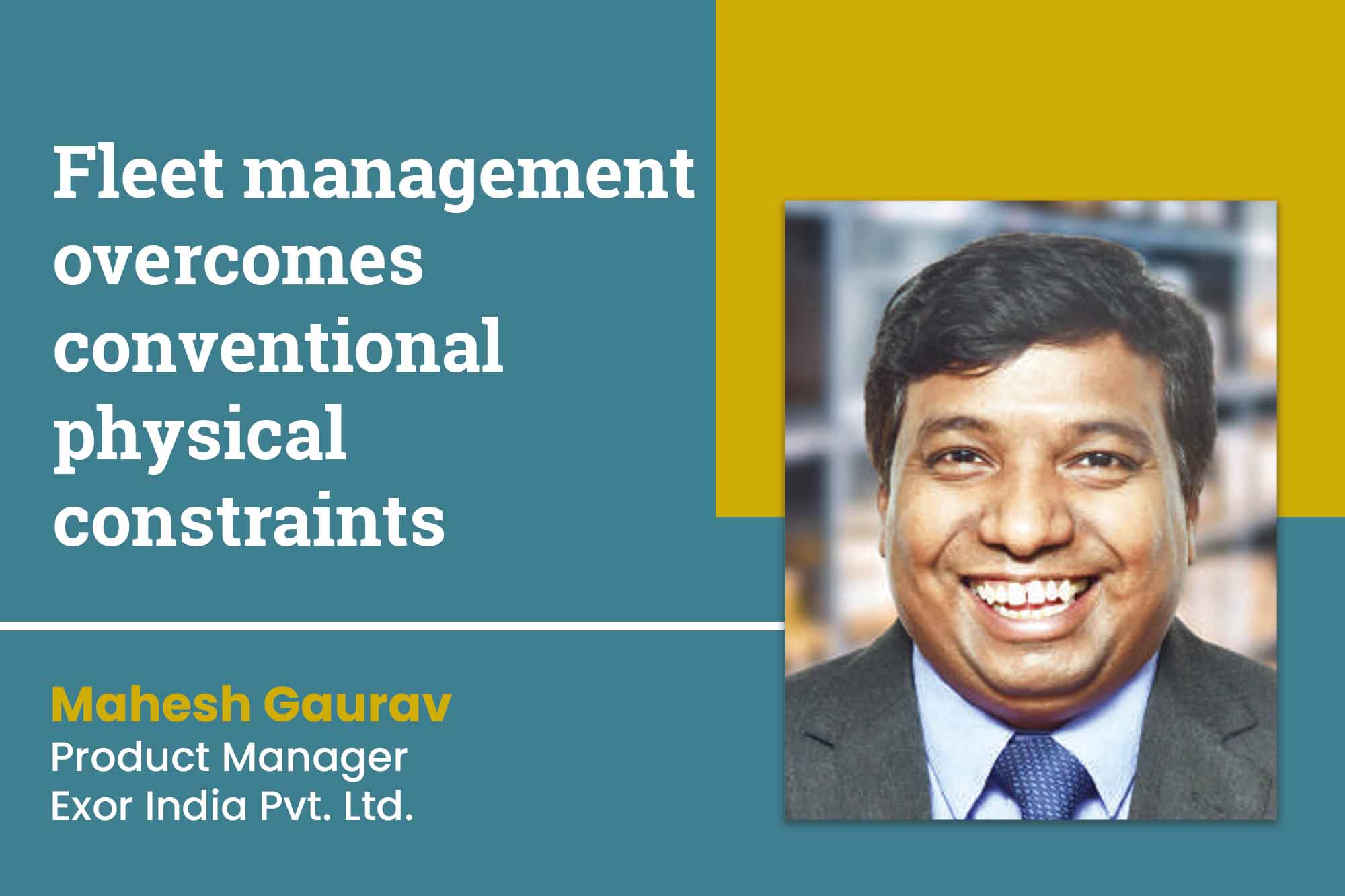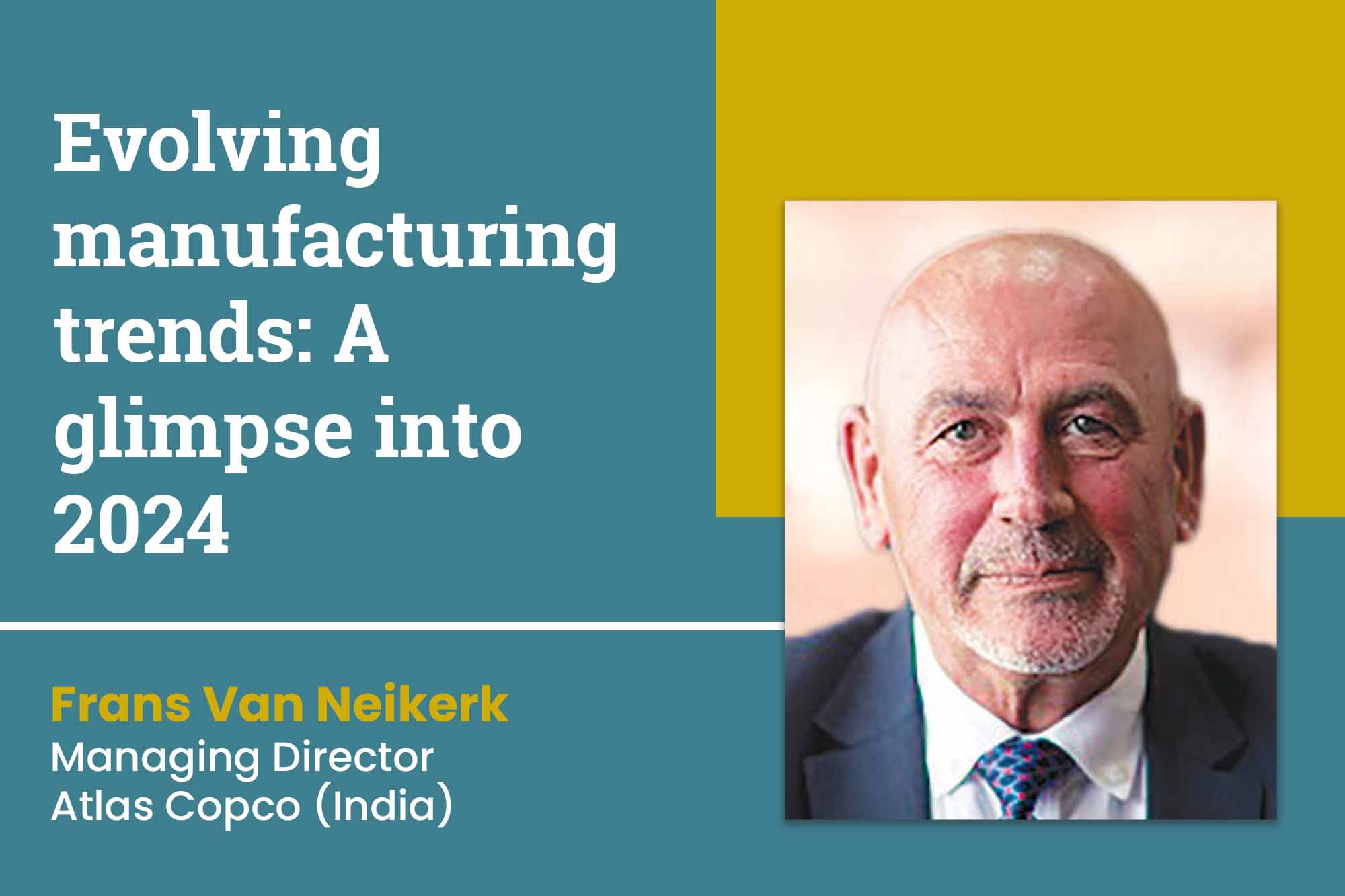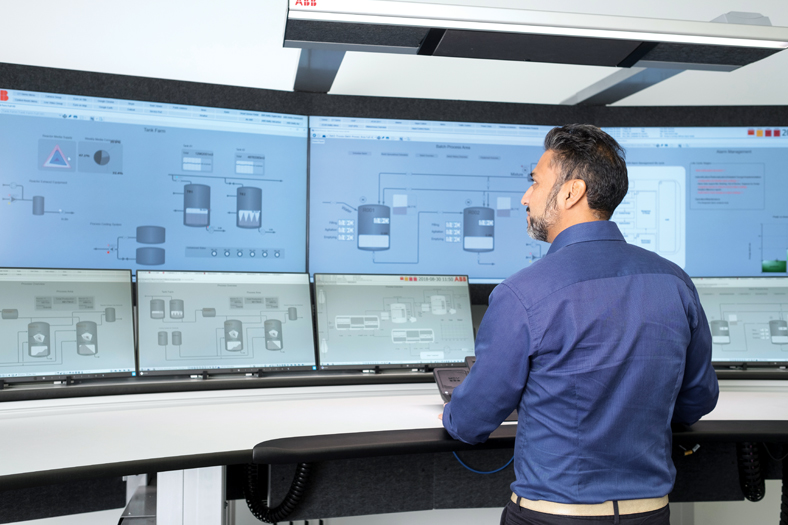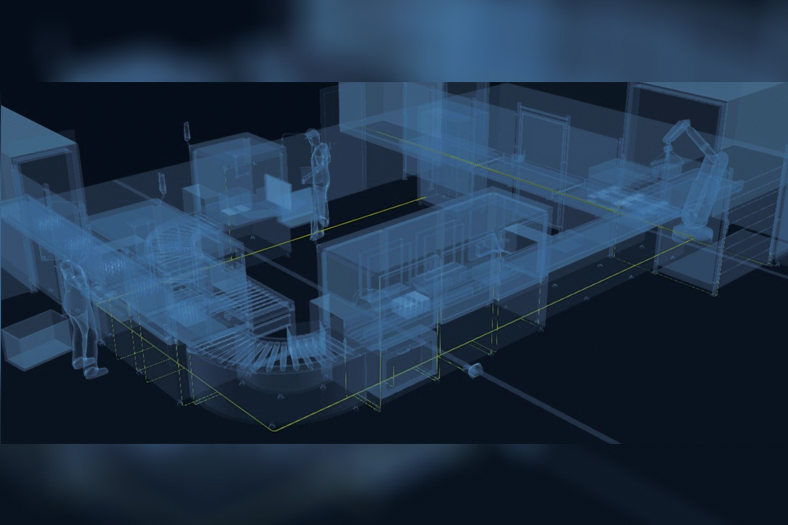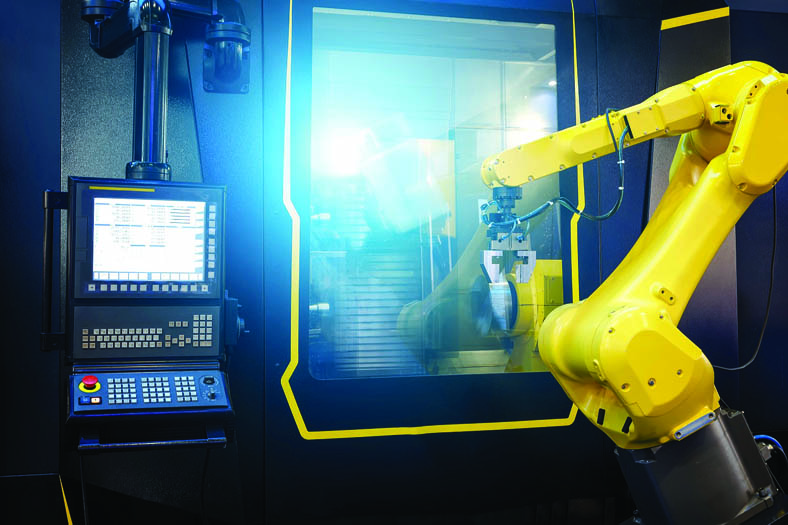Enrich a cleaner, safer, and healthier manufacturing environment
By OEM Update Editorial March 8, 2024 3:37 pm IST
Sachin Sinha, Director at Air Seiki India, emphasizes the importance of removing oil and coolant mist from CNC machine shop floors. He underscores the need for awareness regarding the hazards and damages associated with airborne mist particles.
It is important to focus on whether the air on your CNC machine shop floor is clean! Ensuring the cleanliness of the air in your CNC machine shop floor is a crucial consideration with far-reaching implications. This is especially significant when examining its relevance to standards such as ISO45001 (Occupational Health & Safety) and Sustainable Development Goals 3 (Good Health & Well Being) and 13 (Climate Action), as it directly influences both workplace safety and environmental well-being.
Airborne mist particles are prevalent in metal-related manufacturing environments involving processes like milling, drilling, turning, grinding, honing, gear hobbing, hardening, and parts washing unless protective measures are in place. Operations utilising fluids, coolants, oils, or lubricants emit fine particles, some as small as <1 micron, during high-temperature and pressure conditions. These particles disperse into the air and pose a serious health risk, potentially penetrating deep into lung tissues and causing permanent damage. Using these fluids cannot be avoided completely as it aids the manufacturing process for some improvement. Their usage necessitates effective protection measures.
The size of mist particles is influenced by factors such as viscosity (in straight oils) or concentration (in water miscible fluids), coolant/ oil pressure, cutting parameters (speed and feed), etc. Particles below 1 micron are particularly harmful to human health. It can penetrate deep into our lung tissues to induce permanent damage. Beyond health concerns, oil or coolant mist can also create hazards, including floor slips, fires, and damage to equipment, making their elimination necessary.
While traditional extraction systems operated like exhausts, pushing particles from the shop floor into the external environment, stricter regulations demand a shift towards removing and eliminating mist particles at the source. With strict rules from the industrial pollution control agencies coming into effect, the mist particles must be removed and eliminated at the source itself instead of being thrown into the external environment. Oil mist extraction has existed, but traditional systems worked more like exhaust systems, which typically transferred the particles from the shop floor to the outside air.
OSHA and ACGIH
OSHA’s previous limit for oil mist was 5 mg/m3 as an 8-hour Time Weighted Average (TWA) permissible exposure limit (PEL). Although they proposed additional limits, the final rule maintains the 8-hour TWA without adding a short-term exposure limit (STEL).
The American Conference of Governmental Industrial Hygienists (ACGIH) sets similar limits. It has a 5-mg/m3 Threshold Limit Values-TWA limit and a 10-mg/m3 Threshold Limit Values -STEL for oil mist (mineral). It refers to the airborne mist of petroleum-based cutting oils or white petroleum oil; the odour of this substance is described as like that of burned lubrication oil. The Agency concludes that the existing 8-hour TWA limit will protect exposed employees against the significant risks of eye and respiratory tract irritation associated with exposure to mineral oil mist. OSHA finds that these eye and lung effects constitute material impairments of health. (source: https://www.cdc.gov/)
Indian Scenario
In India, Section 14(1) of the Factories Act of 1948 protects employees from exposure to dust and fumes. This regulation applies uniformly across the entire country.The Act states: “In every factory in which, because of the manufacturing process carried on, there is given off any dust or fume or other impurity of such a nature and to such an extent as is likely to be injurious or offensive to the workers employed therein, or any dust in substantial quantities, effective measures shall be taken to prevent its inhalation and accumulation in any workroom, and if any exhaust appliance is necessary for this purpose, it shall be applied as near as possible to the point of origin of the dust, fume or other impurity, and such point shall be enclosed so far as possible.”
Oil mist elimination
Air Seiki specializes in designing, developing, and manufacturing standalone mist collectors. It eliminates mist in challenging applications like machining, surface grinding, tool grinding, gear hobbing, and parts washing. Their mechanical series of mist collectors incorporate a multi-stage filtration system. The initial stage involves a metallic coarse coalescer to trap metal chips, dust, and larger mist particles. Following this, the second stage features a semi-fine coalescer filter crafted from non-woven semi-synthetic F5-grade material free from chemical binders. The final stage incorporates an F8-grade fine coalescer made of borosilicate glass microfiber.
In challenging scenarios involving demanding applications of straight cutting or grinding oils with high-pressure delivery to the application, the last stage is substituted with an H13-grade filter, ensuring 99.9% efficiency in capturing submicron particles up to 0.3 microns (μm). Air Seiki’s oil mist collectors offer a cost-effective remedy to prevent the dispersion of oil mist into the surrounding air by addressing it at the source. These collectors are easy to maintain and boast a compact design, facilitating easy installation or mounting directly on the machine tool within the manufacturing process.
Let’s contribute to a cleaner, safer & healthier manufacturing environment!
Expertise shared by- Sachin Sinha, Director, Air Seiki Private Limited.
info@airseiki.com
www.tecrootspace.com
LinkedIn: Sachin Sinha, Air Seiki
Cookie Consent
We use cookies to personalize your experience. By continuing to visit this website you agree to our Terms & Conditions, Privacy Policy and Cookie Policy.



